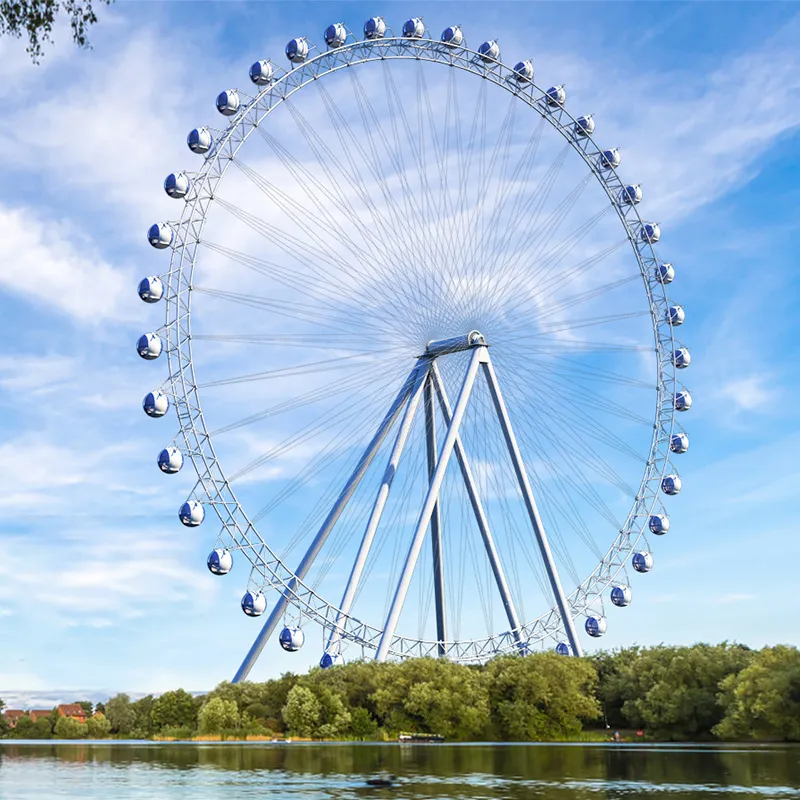- Albanian
- Arabic
- Belarusian
- Bengali
- Czech
- English
- French
- German
- Hebrew
- Hungarian
- Indonesian
- irish
- Italian
- Japanese
- kazakh
- Persian
- Russian
- Thai
- Uzbek
- Vietnamese
Innovative Design Principles in Modern Roller Coaster Engineering and Safety Standards
Roller Coaster Engineering The Thrill of Designing Excitement
Roller coasters have fascinated people of all ages since their invention in the early 19th century. The thrill of speeds, the adrenaline rush of drops, and the intricate designs combine to create an exhilarating experience for riders. Behind the scenes, however, lies a complex world of engineering that ensures these gravity-defying marvels are not only fun but also safe. Roller coaster engineering is a specialized field that blends creativity, physics, and technology to bring the excitement of amusement parks to life.
At the core of roller coaster engineering is the understanding of physics, particularly the principles of motion, forces, and energy. Engineers must design coasters that can safely handle the forces exerted on them, both by the ride's speed and the weight of the passengers. Concepts such as centripetal force, acceleration, and momentum are crucial when calculating the necessary height, angle, and curvature of the tracks. For instance, the steep drops that create intense thrills involve careful calculations to ensure that the coaster can achieve the required speed without compromising passenger safety.
Designing a roller coaster involves a combination of innovative computer-aided design (CAD) software and hands-on engineering skills. Designers create intricate 3D models of the coaster, allowing them to visualize every twist and turn before any physical construction begins. This virtual modeling makes it easier to predict how the coaster will behave under various conditions, including the weight of different riders and varying weather conditions. By simulating the ride experience, engineers can make adjustments to enhance the ride's excitement while ensuring safety.
roller coaster engineering

Material selection also plays a critical role in roller coaster engineering. Coasters are typically constructed from steel or wood. Steel coasters offer more flexibility in design and can achieve higher speeds and more complex elements, such as loops and twists. In contrast, wooden roller coasters evoke nostalgia with their classic aesthetic and can provide a different type of ride experience, characterized by greater vibrations and the natural sway of the material. Engineers must consider the longevity and maintenance of the materials, as well as their ability to withstand various weather conditions.
Safety is paramount in roller coaster design. Engineers adhere to strict safety standards and regulations, often guided by organizations like the American Society for Testing and Materials (ASTM). Each coaster undergoes rigorous testing before it opens to the public. Safety features such as harnesses, lap bars, and emergency braking systems are meticulously designed and tested to ensure that riders remain secure throughout the ride. Moreover, regular maintenance checks are essential to address wear and tear, ensuring that the roller coaster continues to provide a safe experience for years to come.
In conclusion, roller coaster engineering is a thrilling blend of art and science. It requires a deep understanding of physics, innovative design techniques, and a commitment to safety. As amusement parks continue to push the boundaries of excitement, roller coaster engineers will remain at the forefront, crafting experiences that inspire awe and adrenaline. Each new coaster is not just a ride but a masterpiece of engineering that captures the imagination of thrill-seekers worldwide.
-
Flume Ride-Hebei Zhipao Amusement Equipment Manufacturing Co., Ltd.|Thrilling Water Attraction&Customizable DesignJul.30,2025
-
Flume Ride - Hebei Zhipao Amusement Equipment | Water Coaster, Thrilling DescentJul.30,2025
-
Flume Ride - Hebei Zhipao | Thrilling Water AttractionJul.30,2025
-
Flume Ride: Thrilling Water Attraction by Hebei Zhipao|Log Flume Manufacturers&Flume Ride DesignJul.30,2025
-
Flume Ride-Hebei Zhipao Amusement Equipment Manufacturing Co., Ltd.|Thrilling Water Coaster, Safe DesignJul.30,2025
-
Flume Ride-Hebei Zhipao Amusement Equipment Manufacturing Co., Ltd.|Thrilling Water Attraction, Safe DesignJul.30,2025
